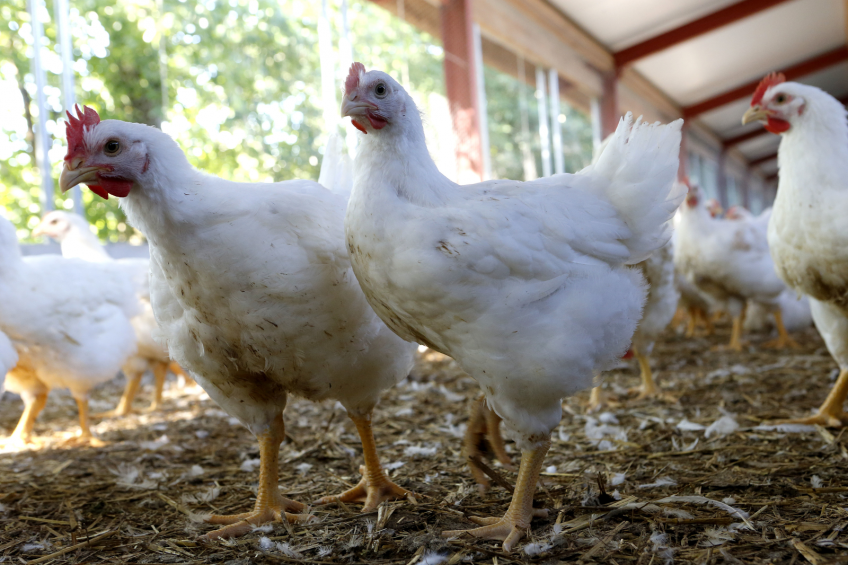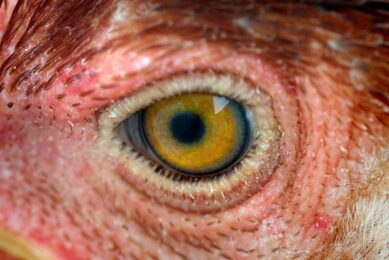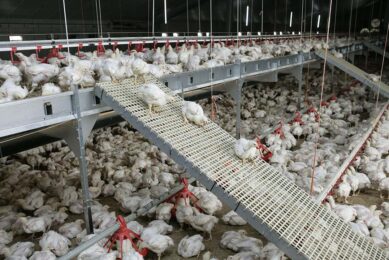Initial findings of chicken-human interaction

A 3-year UK project on the cultural and scientific perceptions of human-chicken interactions has posted some initial findings.
The £3m “Cultural and Scientific Perceptions of Human-Chicken Interactions” project from the Arts and Humanities Research Council, which was launched in 2014, has led to a range of publications casting new light on the history of our links with poultry.
Primary role of poultry
For example, researchers now believe that chickens existed for a very long time with people – but not for food. Gregor Larson, of Oxford University and project co-investigator, said evidence showed that for thousands of years their primary role was in cockfighting or various rituals.
Dr Larson said research had shown estimates of the time of their domestication had been from 7,000-10,000 years ago, but a recent archaeological dig in Israel suggested that they were first eaten in significant numbers about 2,200 years ago.
Chicken and human diets
Scientists at the University of Nottingham have been working with the Natural Environment Research Council’s (Nerc) Geosciences Laboratory to compare and contrast the diet of chickens and humans. Carbon and nitrogen isotope analysis of bones will show how human influence over chicken feeding regimes changed.
Meanwhile, strontium isotope analysis will provide information about provenance, determining whether trade in eggs can be recognised archaeologically. Oxygen isotope analysis will test whether the duration and seasons of egg laying can be determined and whether they changed through time.
Domestication of chickens
Meanwhile, at Bournemouth University, work has been taking place to provide the world’s largest zooarchaeological database dedicated to a particular group of species. Data being collected from across the world is enabling that team to investigate the history of the spread of domestic chickens.
A team at Leicester University under Richard Thomas has been investigating changes and variations in the size of chickens. It has employed standard metrical analysis and other techniques to differentiate between wild/domestic and male/female individuals. Analysis of skeletal abnormalities will help understand changing patterns of diseases and injury related to chicken husbandry.
The project, which has also involved a range of engagement activities, research seminars and even comedian Steve Cross, who is also head of public engagement at University College, London. Full results of the project are due early next year.
Author: Tony McDougal
Join 31,000+ subscribers
Subscribe to our newsletter to stay updated about all the need-to-know content in the poultry sector, three times a week. Beheer
Beheer








 WP Admin
WP Admin  Bewerk bericht
Bewerk bericht